Description
Light and Flowy: Georgette is a lightweight plain-weave silk fabric with strong S-twist and Z-twist yarns in both warp and weft. It is extremely light, almost weightless when worn, giving a sense of lightness and agility. It drapes and floats naturally, exuding an elegant temperament.
• Soft and Skin-friendly: With a soft, smooth texture and good elasticity, it feels comfortable against the skin without causing friction or irritation. Its excellent skin-friendliness ensures no discomfort even after long-term wear.
• High Breathability: The fabric has a loose fiber structure, allowing air to circulate freely. It keeps the skin dry and prevents stuffiness in hot weather, making it ideal for warm seasons like summer.
Appearance and Style
• Rich Colors: Georgette silk scarves come in a wide range of colors, including classic solids (black, white, red, blue, etc.) and soft tones like Morandi and macaron colors. Printed designs such as polka dots, stripes, florals, animal patterns, and geometric motifs are also popular, catering to diverse preferences and matching needs.
• Diverse Styles: Common styles include:
◦ Long shawl-style scarves: Large sizes (e.g., 150cm×50cm or 180cm×70cm), perfect for draping over the shoulders or wrapping around the neck for an elegant look.
◦ Small square scarves: Typically 60cm×60cm or 70cm×70cm, ideal for tying delicate knots around the neck to showcase subtlety and softness.
◦ Slender neckerchiefs: Suitable for decorating collars or tying in the hair, adding a playful and agile touch.
Matching Methods
• With Clothing:
◦ Shirts: Choose a scarf in a similar or complementary color, tied at the collar as a neckerchief for a sophisticated professional look.
◦ Dresses: A long georgette scarf draped over the shoulders or around the neck complements the dress’s soft style, enhancing a romantic vibe.
◦ Casual Wear: A vibrant or uniquely patterned georgette scarf injects energy into the outfit, creating a stylish and relaxed feel.
• For Different Occasions:
◦ Formal Events: Opt for simple, solid-color georgette scarves with tailored suits or gowns to exude elegance and propriety.
◦ Daily Outings: Select scarves in styles and colors that match your mood and outfit for a casual, fashionable look.
◦ Parties/Special Events: Choose scarves with (gorgeous) decorations or unique patterns to become the focal point of the ensemble.
Care Instructions
• Gentle Washing: Due to its delicate texture, avoid vigorous rubbing. Use a mild detergent, gently agitate in lukewarm water, and rinse thoroughly.
• Avoid Sunlight: Prolonged exposure to direct sunlight may fade the color. After washing, lay it flat to dry in a well-ventilated area or pat dry with a towel.
• Proper Storage: Keep the scarf dry and clean, away from sharp objects to prevent scratches. Fold it neatly and store in a dry, cool place, preferably in a storage bag or box to avoid compression and deformation.
I. Washing Guidelines: Gentle Handling to Prevent Damage 1. Washing Method ◦ Hand Wash Preferred: Georgette’s fine fibers are prone to snagging or distortion in a washing machine. Always hand wash. ◦ Water Temperature: Use lukewarm water below 30°C (close to room temperature) to avoid fiber damage or shrinkage. ◦ Detergent Selection: Opt for neutral silk/wool-specific detergents or mild baby laundry liquid. Avoid alkaline soaps or washing powders (which can harden or fade the fabric). ◦ Washing Steps: Dissolve detergent in warm water, immerse the scarf, gently press and soak for 1–2 minutes. Lightly rub stains (e.g., sweat or light makeup) with fingers—never twist or scrub vigorously. 2. Stain Removal ◦ Immediate Action: For oil, coffee, or other stains, blot the surface with a clean damp cloth first, then gently rub the area with diluted detergent to prevent spread. ◦ No Bleach: Bleaching agents destroy silk fibers, causing brittleness and color fading.
II. Drying Methods: Avoid Sunlight to Prevent Discoloration 1. No Direct Sunlight: UV rays fade colors rapidly and can harden fibers. Air-dry in a cool, ventilated area. 2. Drying Technique: ◦ After washing, wrap the scarf in a clean towel to press out excess water (never wring). Lay it flat or hang it on a wide hanger to avoid stretching or deformation. ◦ For printed scarves, dry them inside out to protect the pattern from UV damage.
III. Storage Tips: Dry, Scratch-Free Organization 1. Ensure Dryness: Store only when fully dry to prevent mildew. Place desiccant packs (e.g., silica gel) in the storage container, especially in humid seasons. 2. Prevent Compression & Snags: ◦ Fold neatly (e.g., roll long scarves into a cylinder) and place in a drawer or dedicated box. Keep away from sharp objects (keys, jewelry) to avoid snags. ◦ If hanging, use smooth silk or padded hangers to minimize shoulder deformation. 3. Categorized Storage: Separate scarves by color and material to avoid dye transfer (especially dark vs. light shades). Wrap in acid-free paper for long-term storage to prevent oxidation. IV. Daily Usage Precautions 1. Avoid Excessive Pulling: When tying, avoid forcing knots—keep them loose to prevent fiber breakage. 2. Stay Away from Chemicals: Perfumes, hairsprays, and nail polish may corrode silk fibers. Apply these products before wearing the scarf, or ensure they don’t come into direct contact. 3. Regular Maintenance: Take out long-stored scarves periodically to air them and adjust folding positions, preventing permanent creases from prolonged pressure.
IV. Daily Usage Precautions
1. Avoid Excessive Pulling: When tying, avoid forcing knots—keep them loose to prevent fiber breakage.
2. Stay Away from Chemicals: Perfumes, hairsprays, and nail polish may corrode silk fibers. Apply these products before wearing the scarf, or ensure they don’t come into direct contact.
3. Regular Maintenance: Take out long-stored scarves periodically to air them and adjust folding positions, preventing permanent creases from prolonged pressure.
V. Removing Wrinkles:
Low-Temperature Ironing For wrinkles, use a steam iron set to the “silk” mode (110–130°C), placing a thin cotton cloth between the iron and scarf. Iron 5–10 cm above the fabric—never apply direct heat, as high temperatures can yellow or damage the fibers.
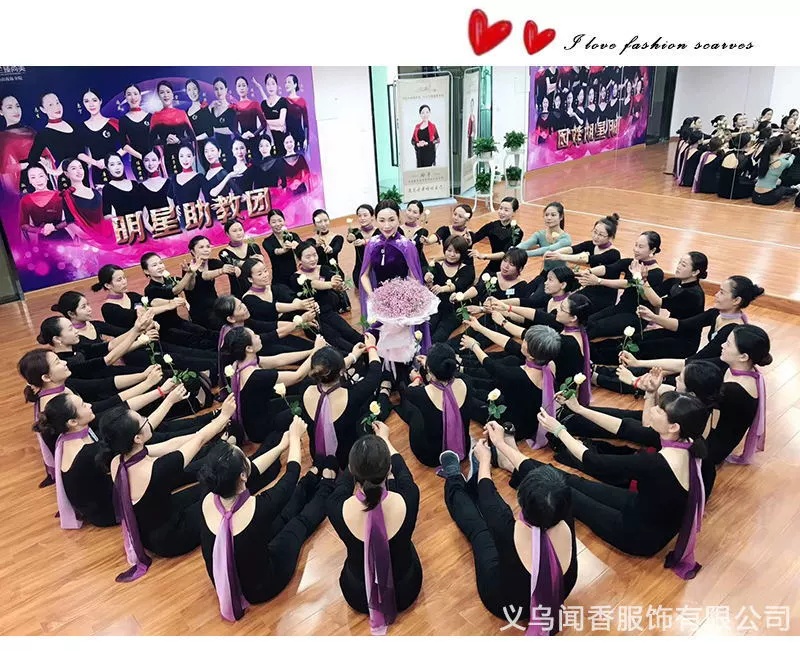
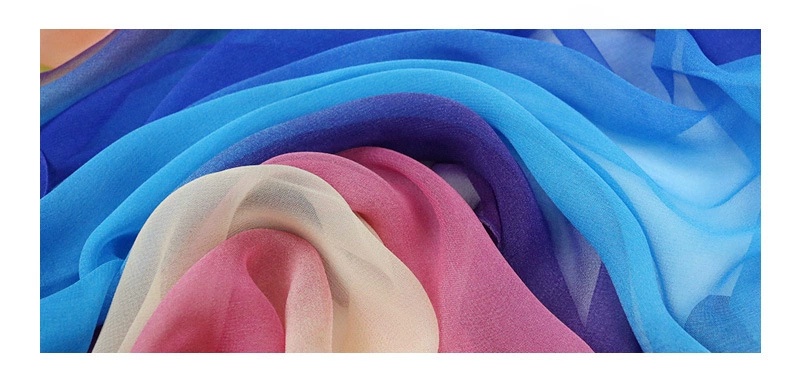

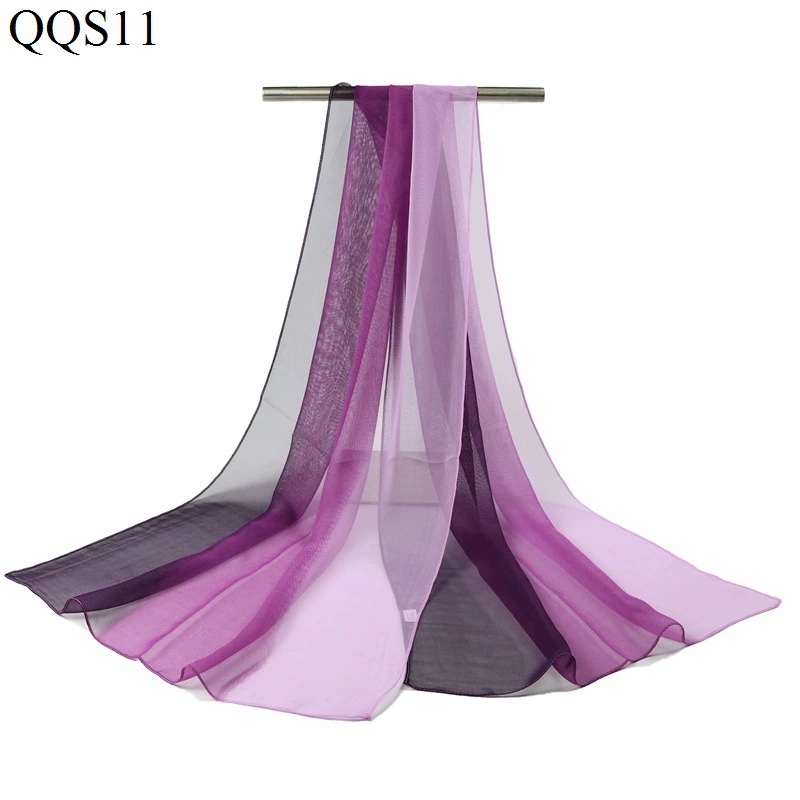
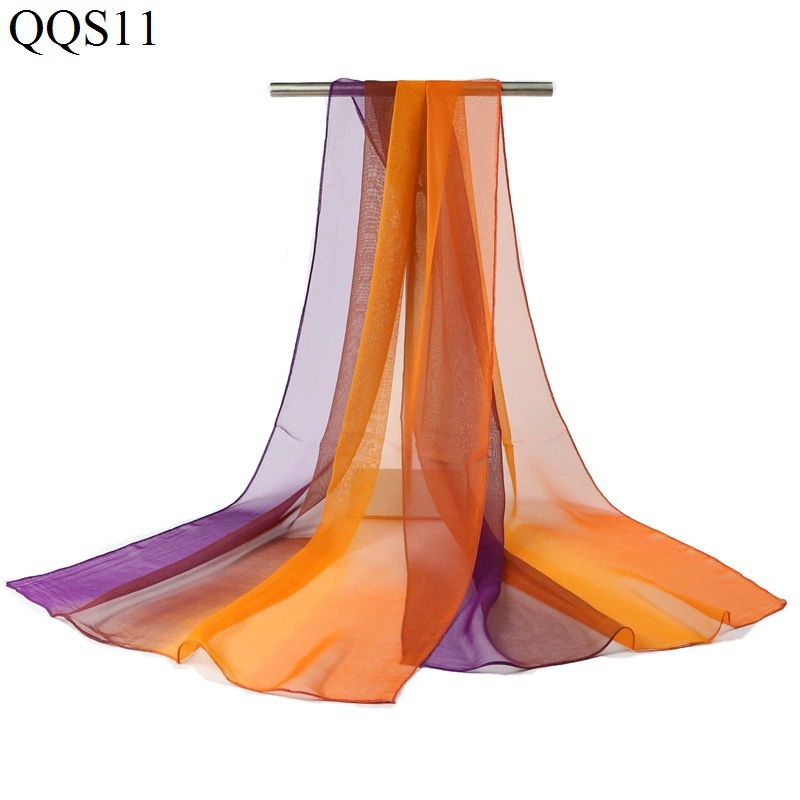
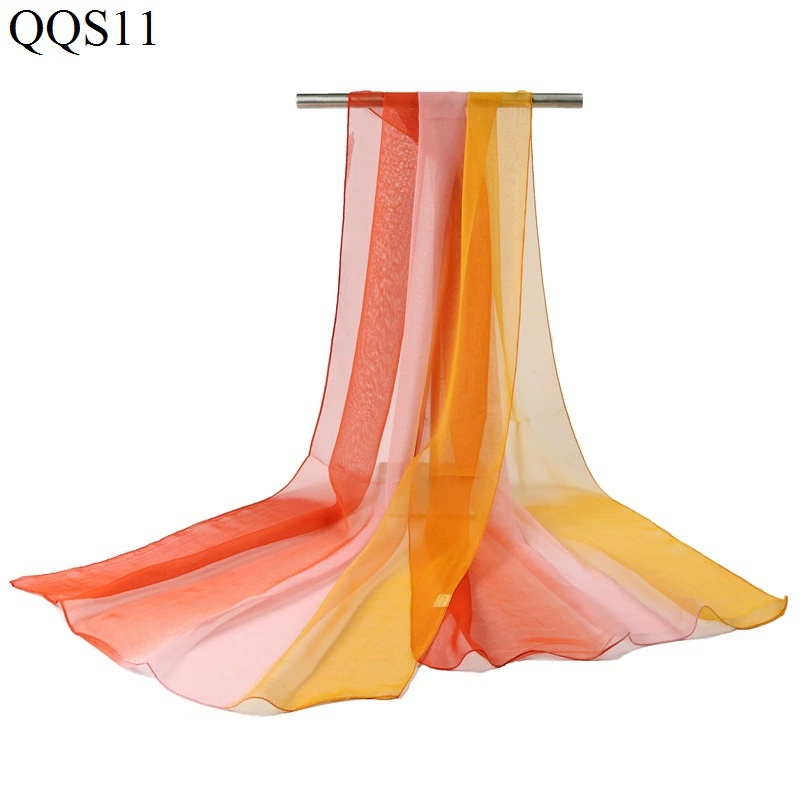
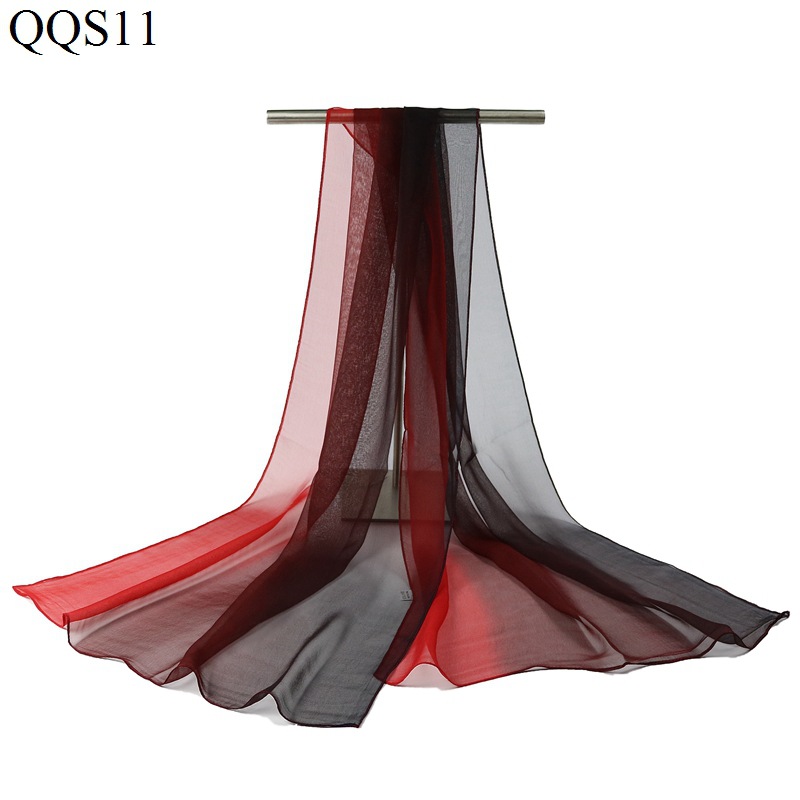
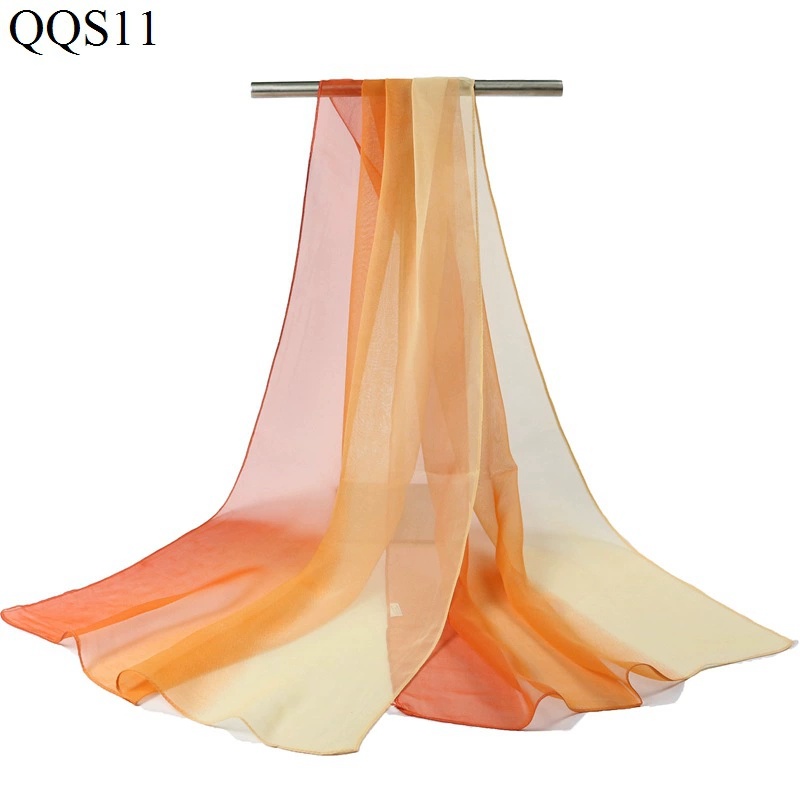
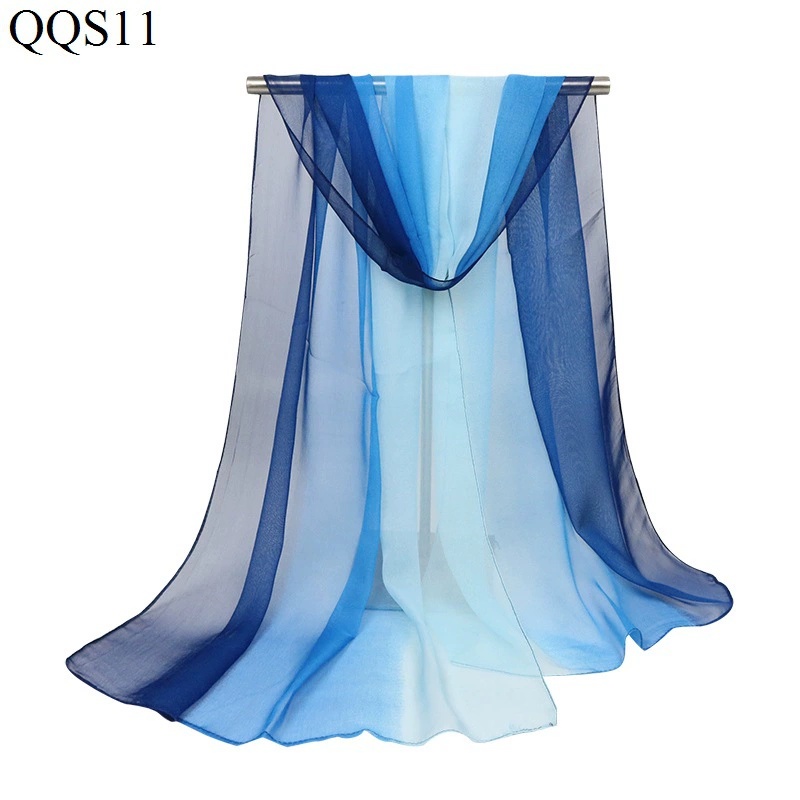
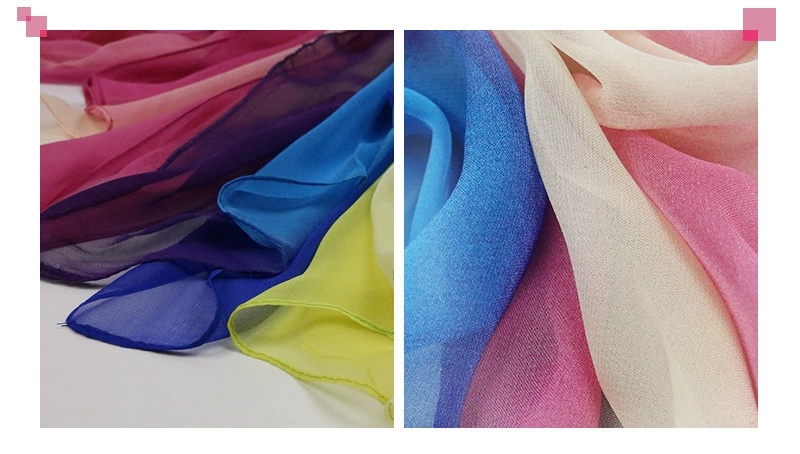
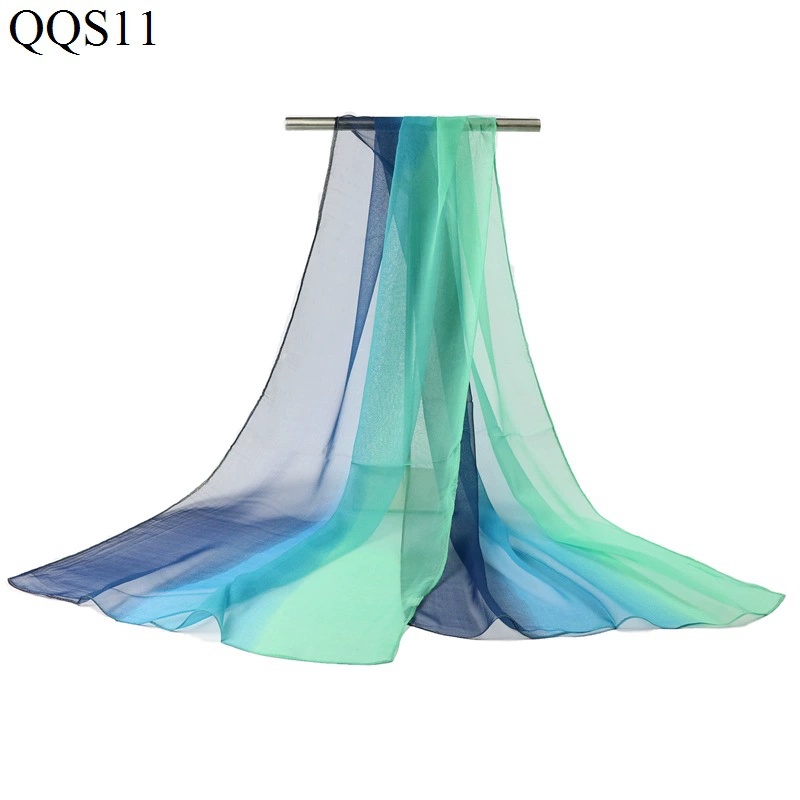
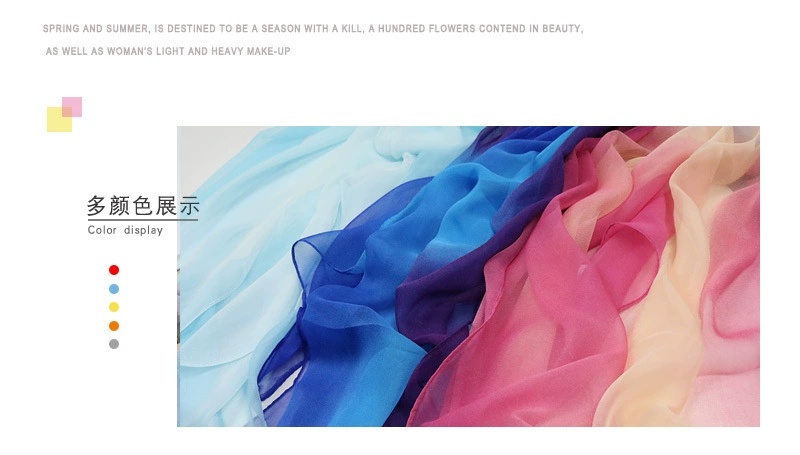

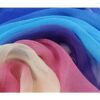
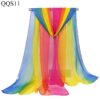
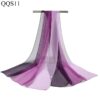
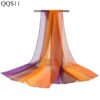
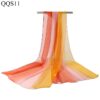
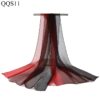
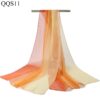
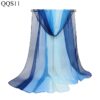
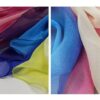
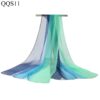
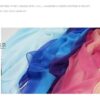
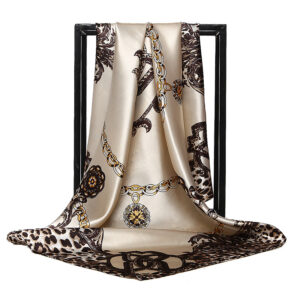
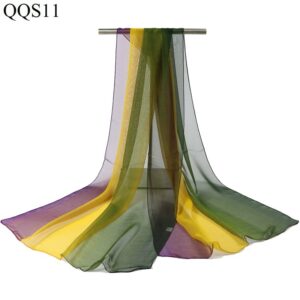
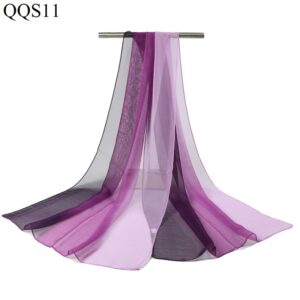
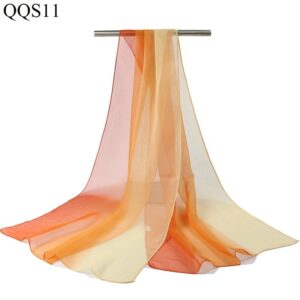

Reviews
There are no reviews yet.